Choosing a Hunting Bow
When you’re choosing a bow for hunting purposes, you’ll need to consider what type of bow you want, eye dominance, draw length, axle-to-axle length, and draw weight. All of these factors are extremely important to make sure you choose the bow that’s right for you – but don’t worry! None of them is as complicated as it sounds, and this article will guide you through each of these concepts so that you can choose the perfect hunting bow for you.
Recurve vs. Compound Bow
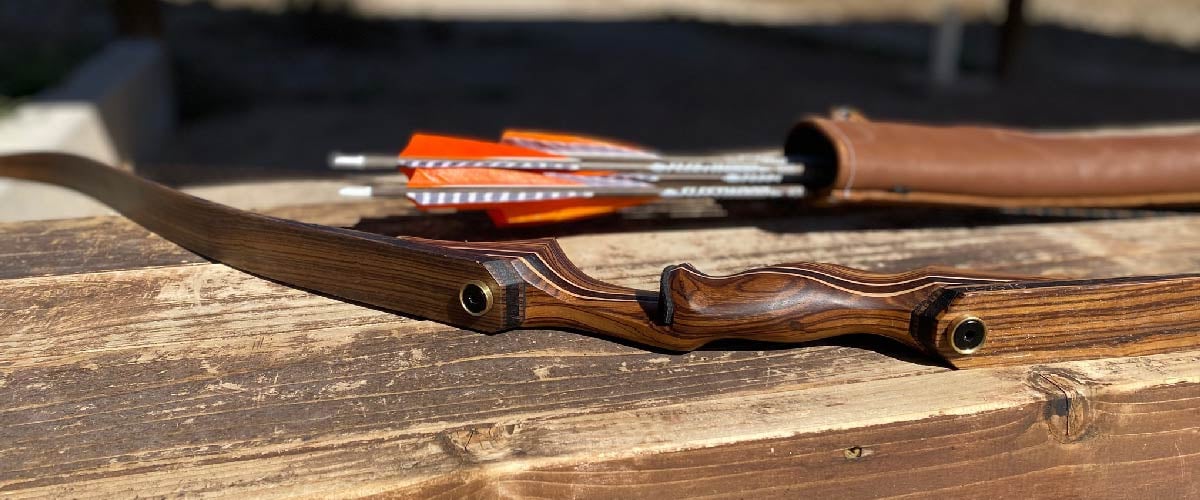
First, you’ll need to decide whether you want a recurve or a compound bow. Each of these provides advantages when hunting, and the type will depend on your preferences both in terms of technology and shooting capability.
A recurve bow is a modern version of a traditional bow, and give you the closest experience to survivalist hunting while still making use of some modern technology. Recurve bows are lighter and easier to carry than compound bows, but also require more strength and practice to use successfully. A recurve bow also requires you to be closer to your target, which can be difficult if you are hunting game such as deer that will pick up scent and movement quickly.
A compound bow is a more mechanized, modern invention. You will still need to practice of course, but the compound bow naturally offers more accuracy and power, meaning you can shoot from a greater distance. Compound bows are also more customizable, and require less upper body strength. However, they are also heavier than a recurve bow, and require more maintenance.
Whether you choose a compound or a recurve bow will depend on your individual abilities, time that you have available to commit to target practice, and the distances that you intend to travel while hunting.
For a further breakdown between recurve and compound bows, see our article comparing the two.
Eye Dominance
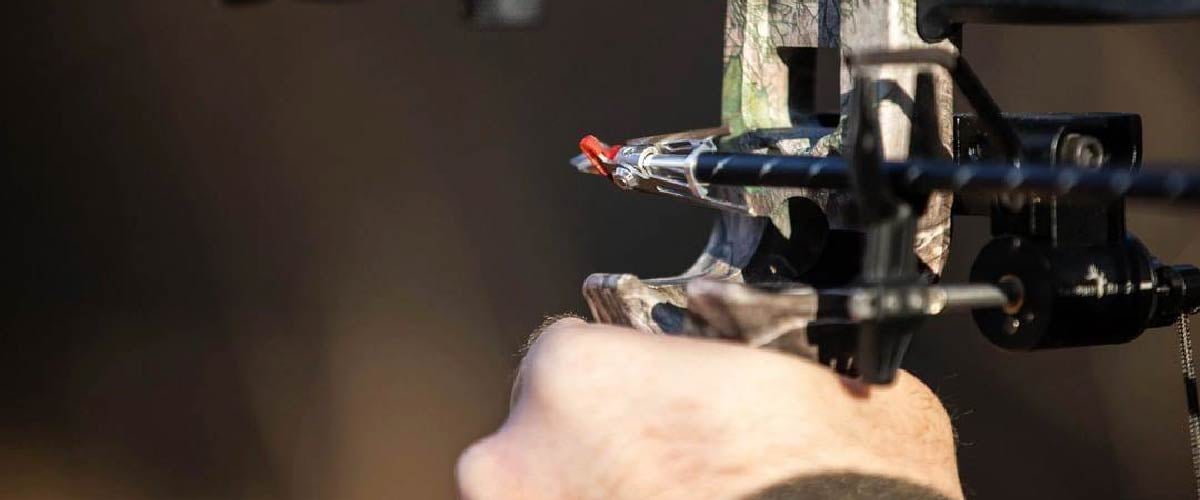
Once you’ve made the major decision of whether to hunt with a recurve or a compound bow, there are still a few key factors in choosing the right bow for your hunting needs.
First, you’ll need to determine your eye dominance, or ocular dominance. Human brains prefer visual input from one eye over the other, and you will want to use this eye for hunting.
Often, a hunter’s dominant eye is on the same side as their dominant (writing) hand, but this is not always the case. It’s best to do a test if you are not sure.
In order to determine your eye dominance, first place your hands at arm’s length. Put your thumbs and forefingers into the shape of a triangle.
With both eyes open, look through the triangle and focus on something. This can be a doorknob, a water bottle, or anything else that you might have nearby.
Now, close one eye. Then, close the other. Closing one of your eyes will likely keep the object in the same position it was in when you had both eyes open, while closing the other eye will cause it to “jump” in its perceived position. Whichever eye kept the object centered within the triangle is your dominant eye.
If your right eye is dominant, you should shoot right-handed. If your left eye is dominant, you should shoot left-handed. If your dominant eye is different from your dominant hand, your dominant eye should take priority. You will be able to learn to shoot well with your non-dominant hand, but your weaker eye will not be able to learn to aim as accurately.
Draw Length
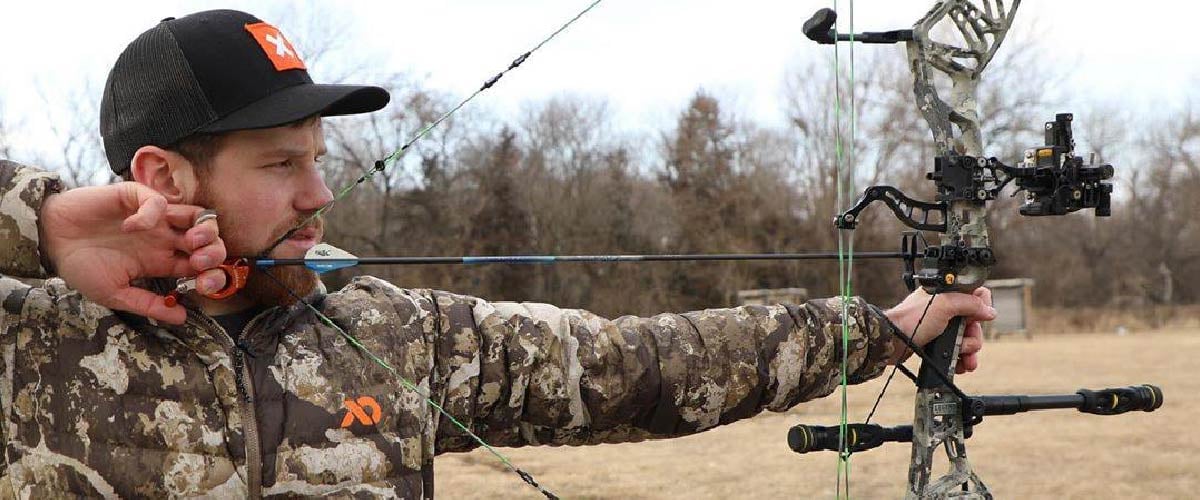
Before you buy a bow, you will also need to know your draw length. If you can, visit your local archery or sporting goods store to have your draw length measured.
You can also measure your draw length at home with the help of a friend. Stand up straight and extend your arms out to either side. Your friend should measure a straight line from the tip of one middle finger to the tip of the other middle finger. Divide this number by 2.5, and this will give you your suitable draw length.
It’s important to measure as accurately as possible so that you don’t end up with a bow with a draw length that is too short or too long for you. Draw length is incredibly important to accuracy, especially in compound bows. Get your measurement done by a professional if you can.
Axle-to-Axle Length
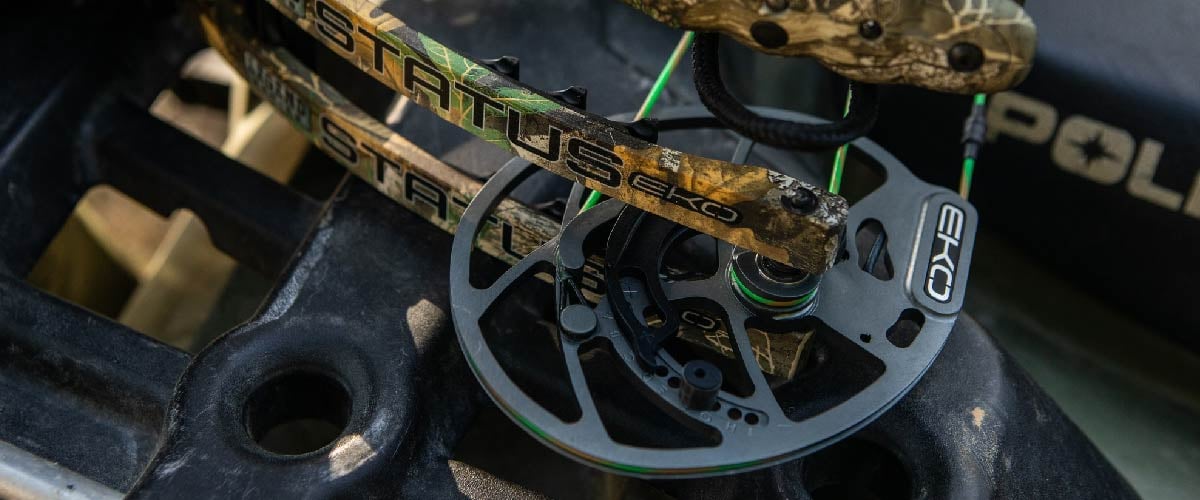
The axle-to-axle length is the distance between the bow’s cams, which are the wheel-like devices on either end of the bow that help to power it. This length is important because you want a bow that is an appropriate size for the hunting you’ll be doing.
Will you be hunting from a ground blind or other tight quarters? If so, you’ll want to opt for a shorter bow that can maneuver through these spaces. Or, will you be hunting from a tree stand with plenty of space? Then, you would want a longer bow. Typically, longer axle-to-axle measurements will yield more forgiving bows.
Draw Weight
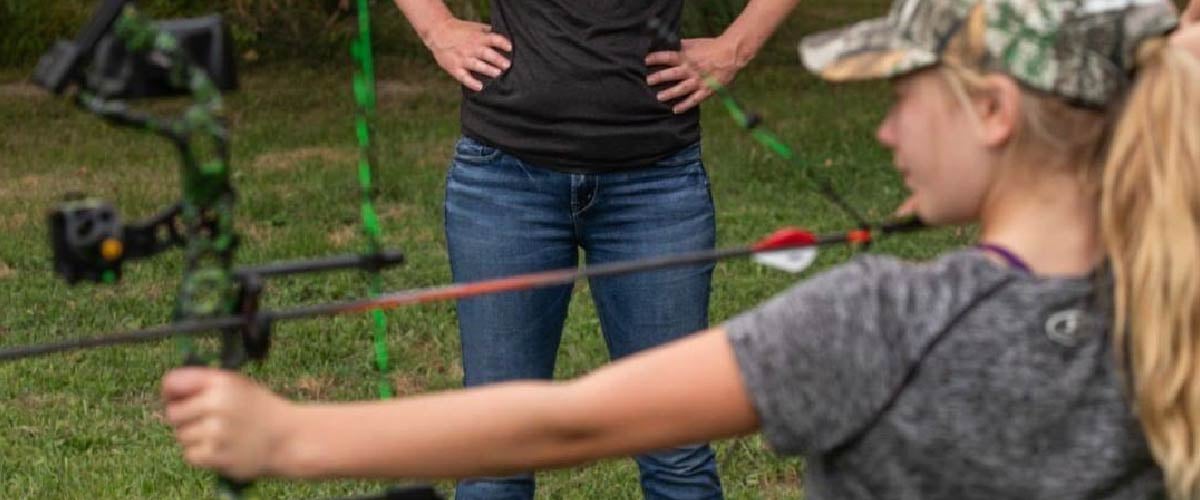
Finally, you’ll need to determine your draw weight, or how many pounds you can draw. If you are buying your first bow, you’ll probably want to start with a lower draw weight as you work up your shooting muscles.
There are many bows now on the market with versatile draw lengths and weights, so you can update your bow as you gain strength and ability.
With these considerations in mind, you are ready to choose your hunting bow! Enjoy this rewarding method of hunting, and the time in the great outdoors.